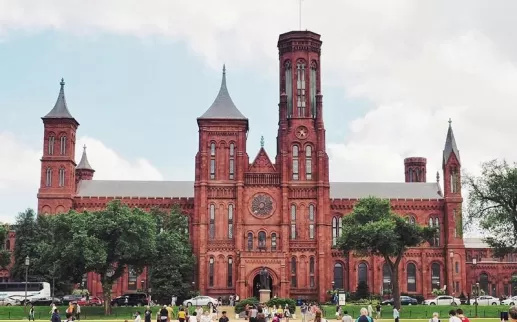In a sweeping directive that underscores President Donald J. Trump’s cultural agenda, the administration has formally ordered the Smithsonian Institution to remove what it defines as “improper, divisive or anti-American ideology” from its museums, exhibits, research centers, and the National Zoo.
What’s Actually Happening
• Executive Order: On March 27, 2025, Trump signed “Restoring Truth and Sanity to American History,” directing Vice President J.D. Vance to lead an effort to purge the Smithsonian of narratives the administration views as ideologically skewed.
• Targets and Scope: The order questions exhibits that discuss systemic racism, re-examine traditional narratives of Western values, or present race and identity as central to oppression. Museums named include the National Museum of African American History and Culture and the future American Women’s History Museum.
• Funding & Oversight: Budget allocations for Smithsonian exhibits or programs considered divisive may be cut. The order also calls on Congress to ensure future appropriations prohibit materials that “degrade shared American values, divide Americans based on race, or promote ideologies inconsistent with Federal law and policy.”
• Exhibit Changes: As part of that directive: The Smithsonian removed references to Trump’s impeachments from the “American Presidency: A Glorious Burden” display at the National Museum of American History.
Why It Matters
• Narrative Control: The Smithsonian is among America’s foremost institutions that tells the national story. Changing what is highlighted or downplayed reshapes public memory. This initiative gives the administration power to steer how history is presented.
• Cultural Signaling: The move aligns with Trump’s broader push to reinforce patriotism, traditional values, and a less critical view of America’s past—appealing to a sizable base of voters eager for institutions to promote national pride.
• Pushback from Scholars & Curators: Historians and museum professionals argue that removing or sanitizing uncomfortable parts of history—like slavery, racial oppression, or Indigenous displacement—undermines the scholarship, nuance, and complexity vital to honest public education. Some see it as erasing history rather than interpreting it.
Key Quotes
“The Smithsonian should be places where individuals go to learn — not to be subjected to ideological indoctrination or divisive narratives that distort our shared history.” — Excerpt from Trump’s executive order.
Possible Outcomes & Implications
• Revisions of Exhibits: Many exhibits will likely be revised to remove or alter language around race, gender, oppression, or anything the administration views as divisive.
• Political Backlash: While this initiative may please supporters who feel that museums have become politicized, it could provoke backlash from academia, cultural institutions, and communities who feel their histories are being marginalized.
Pro-Trump Perspective
Supporters argue that this is a necessary course correction, stating that federal cultural institutions have emphasized America’s failures too heavily. This effort, characterized as a recalibration, seeks to reinforce a national identity centered around shared values.
}





















